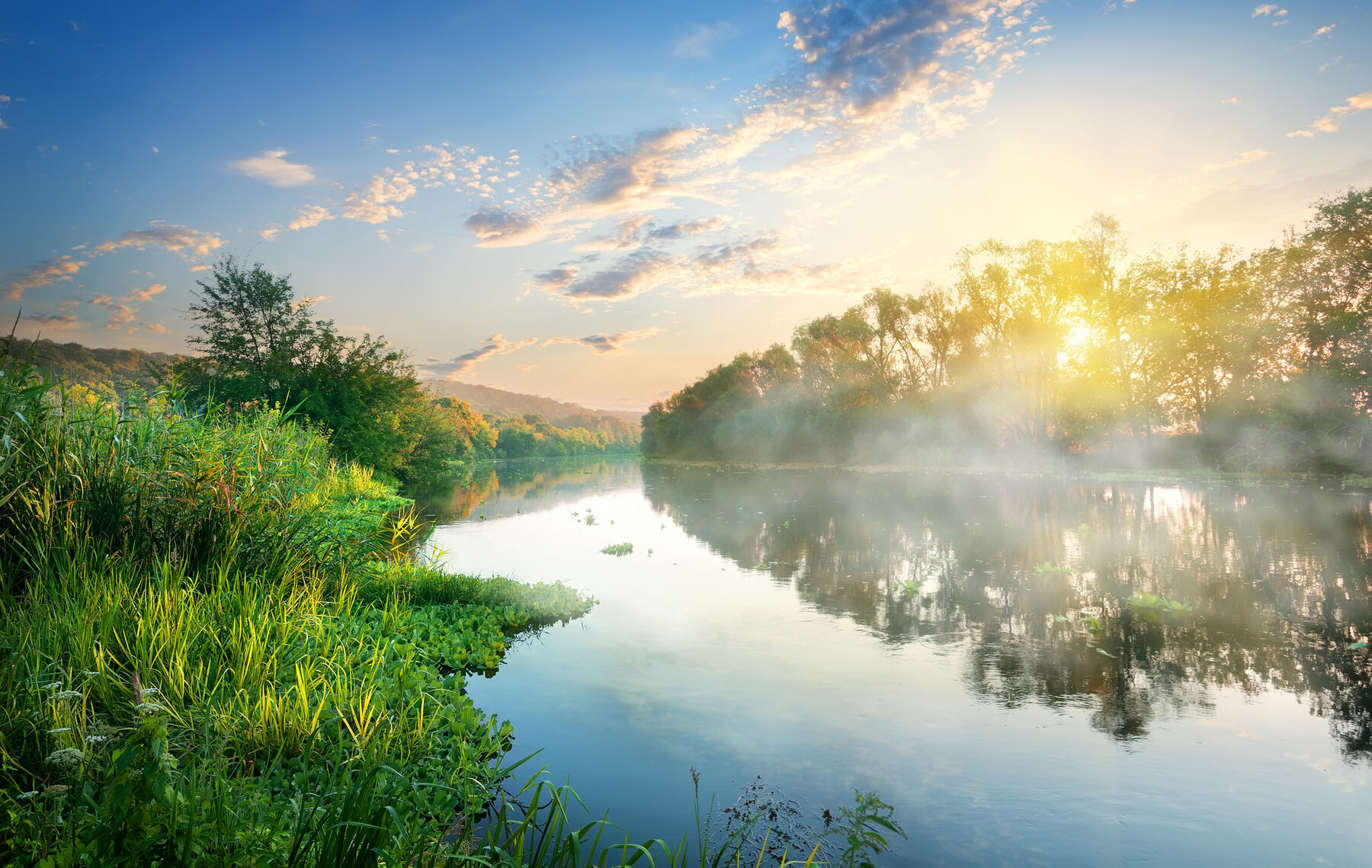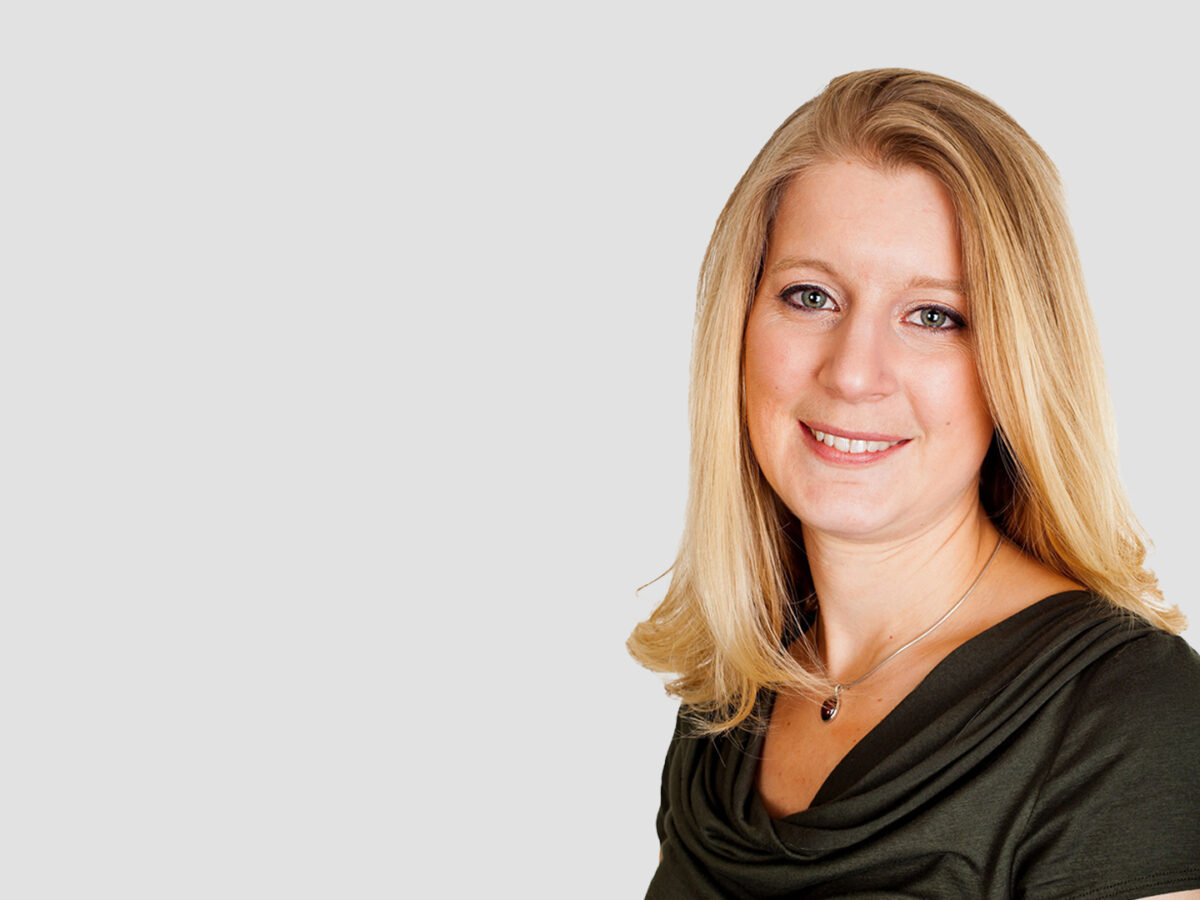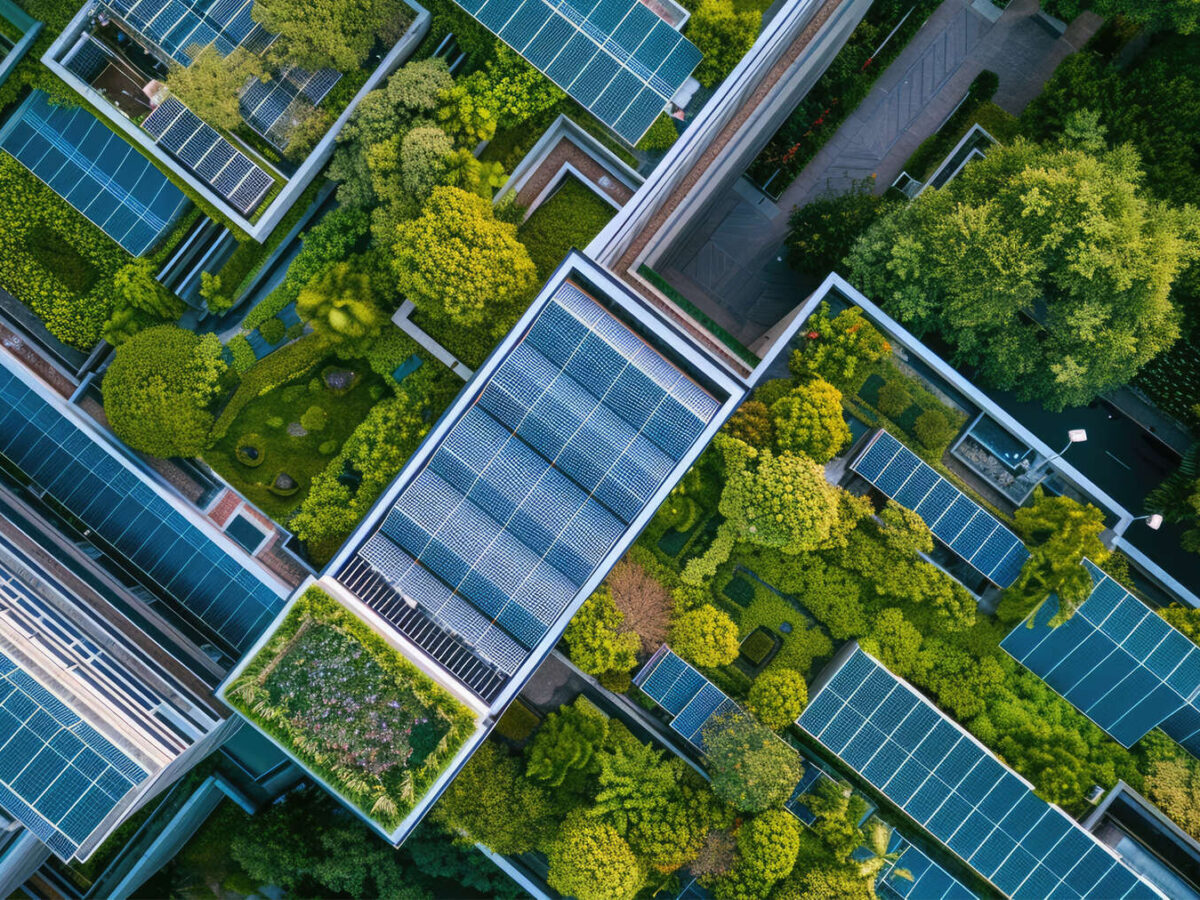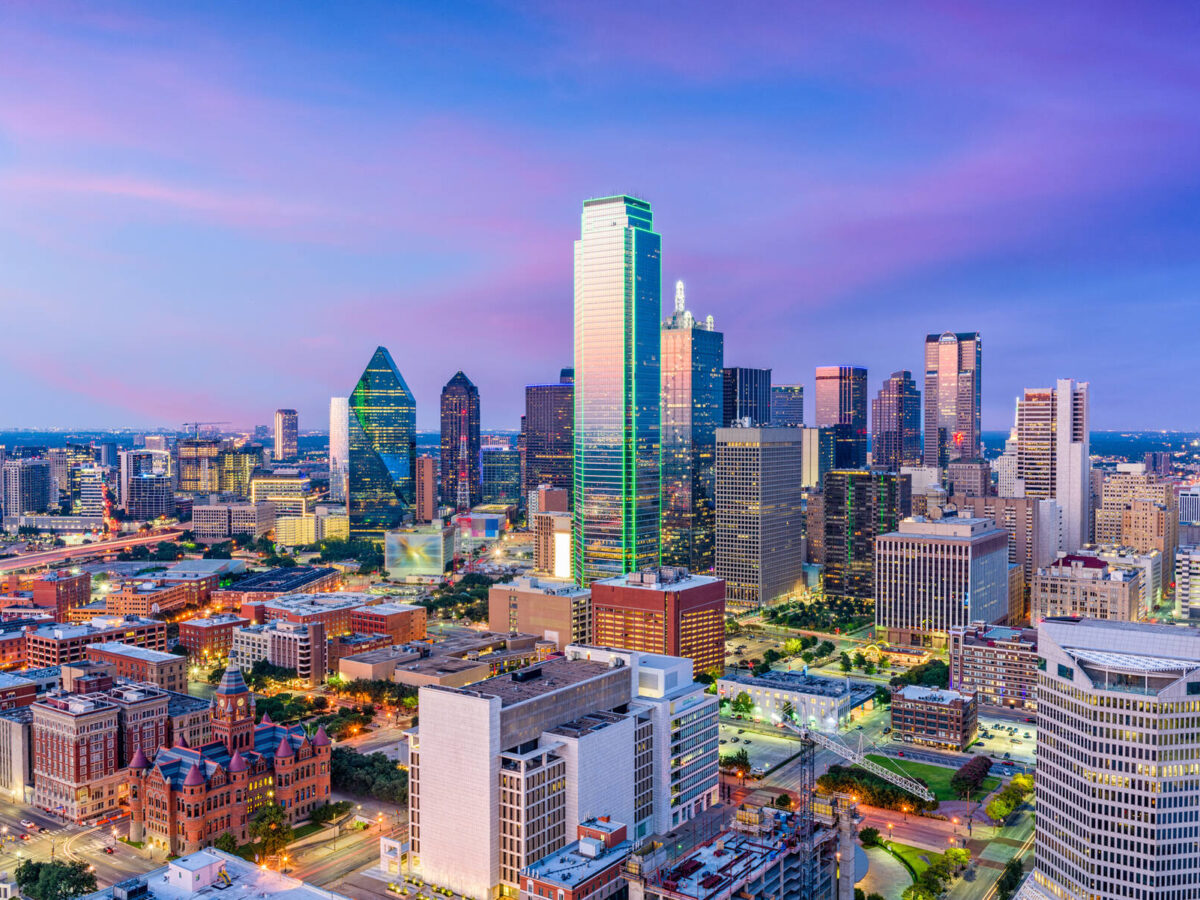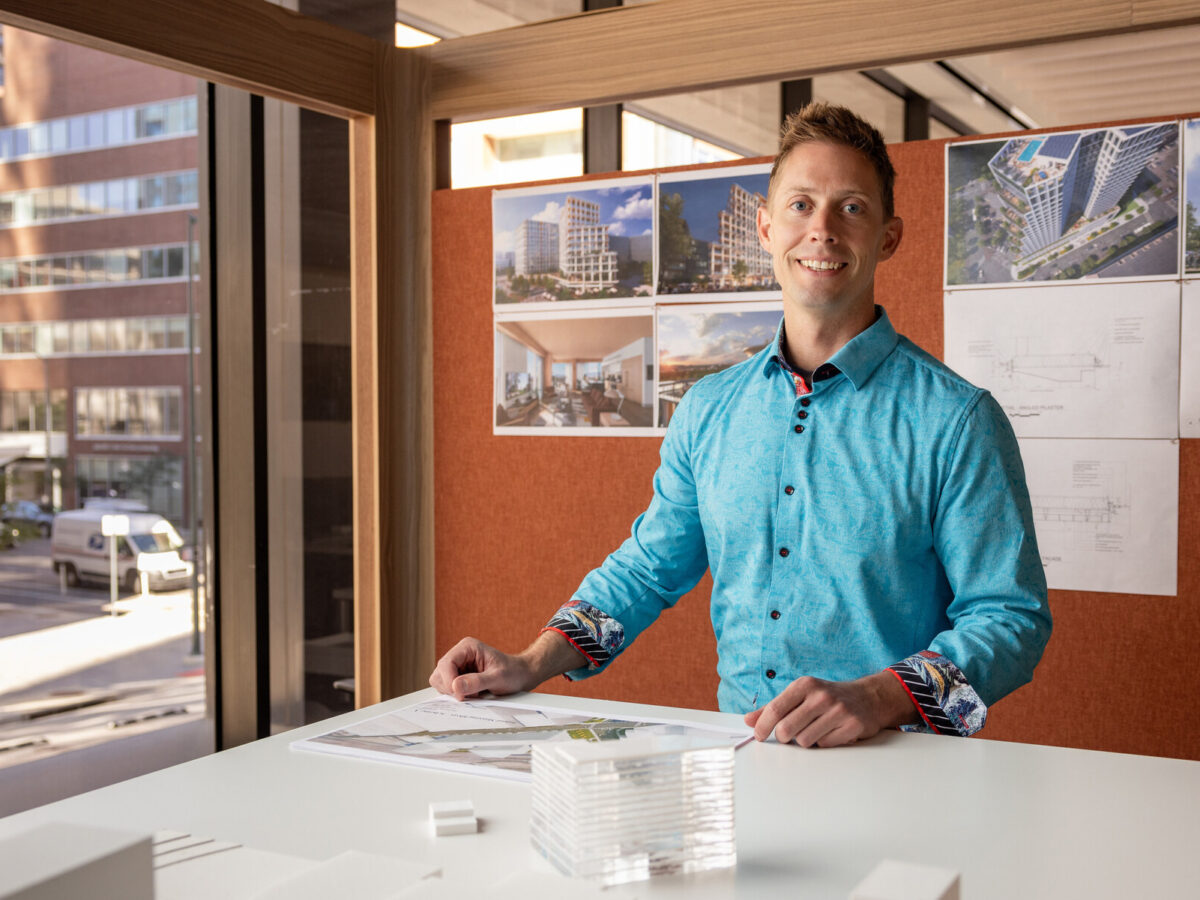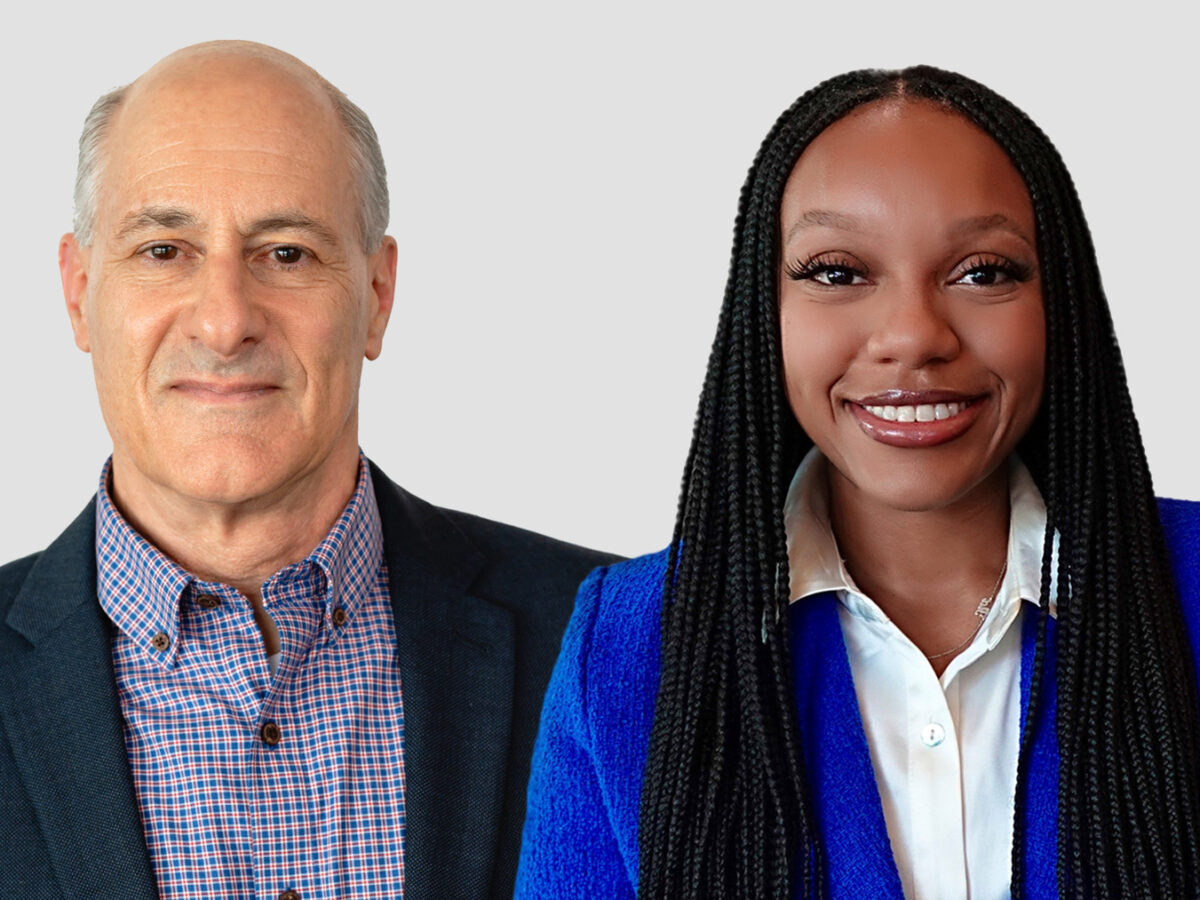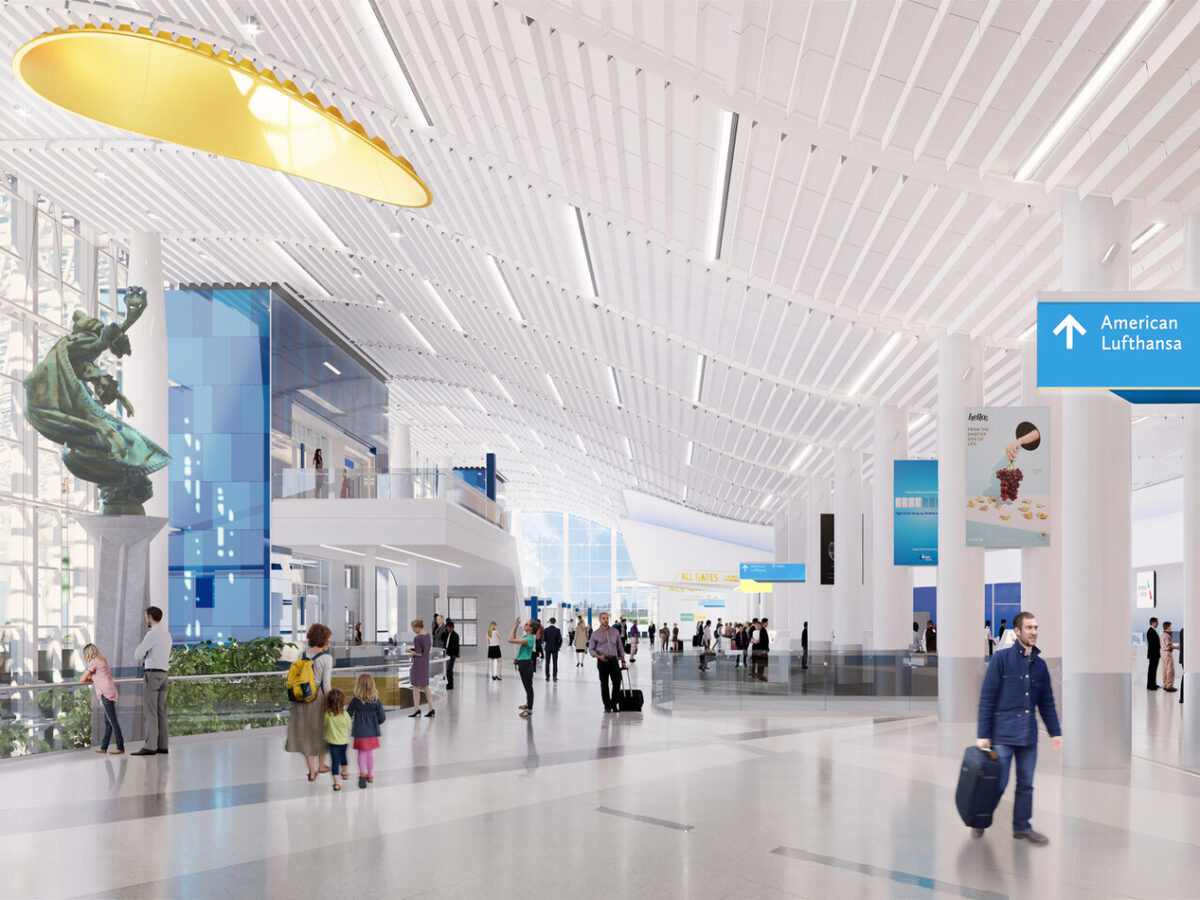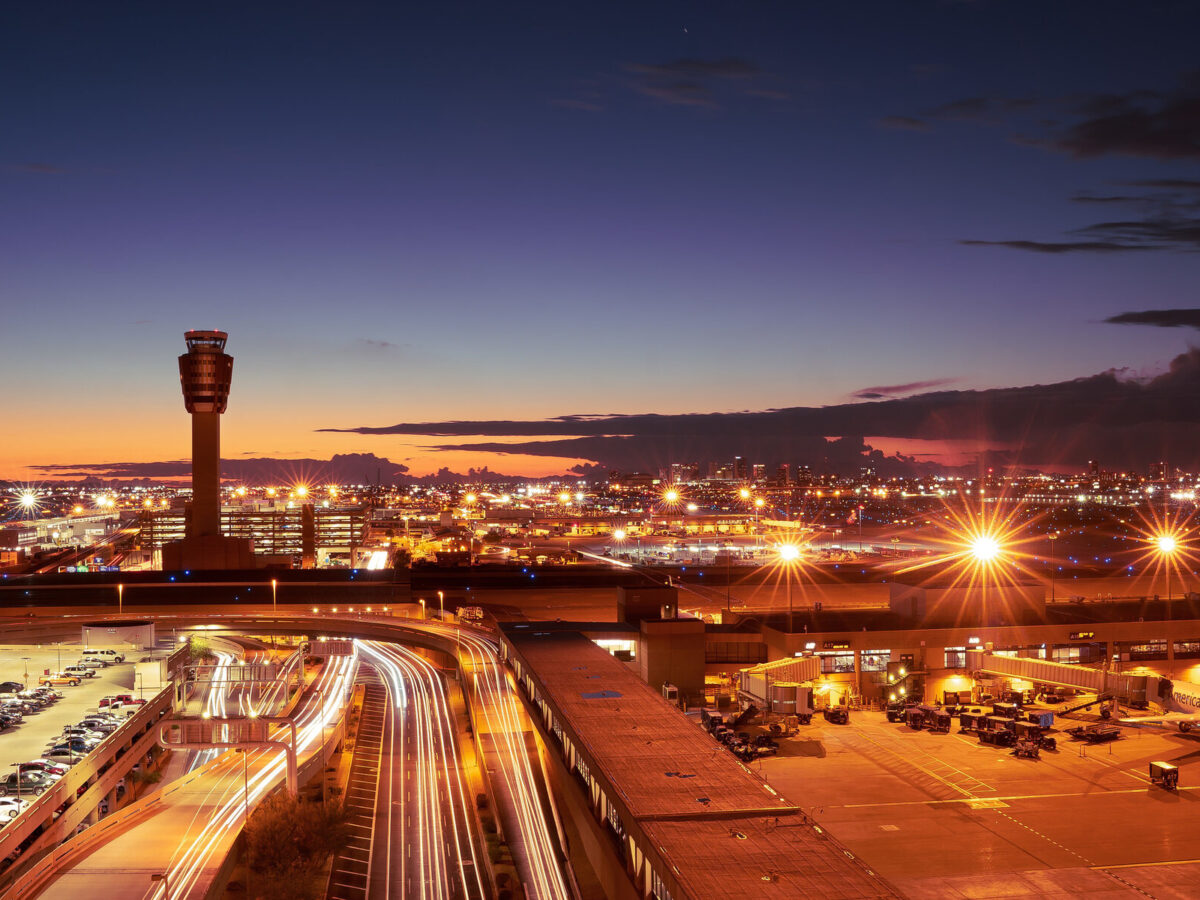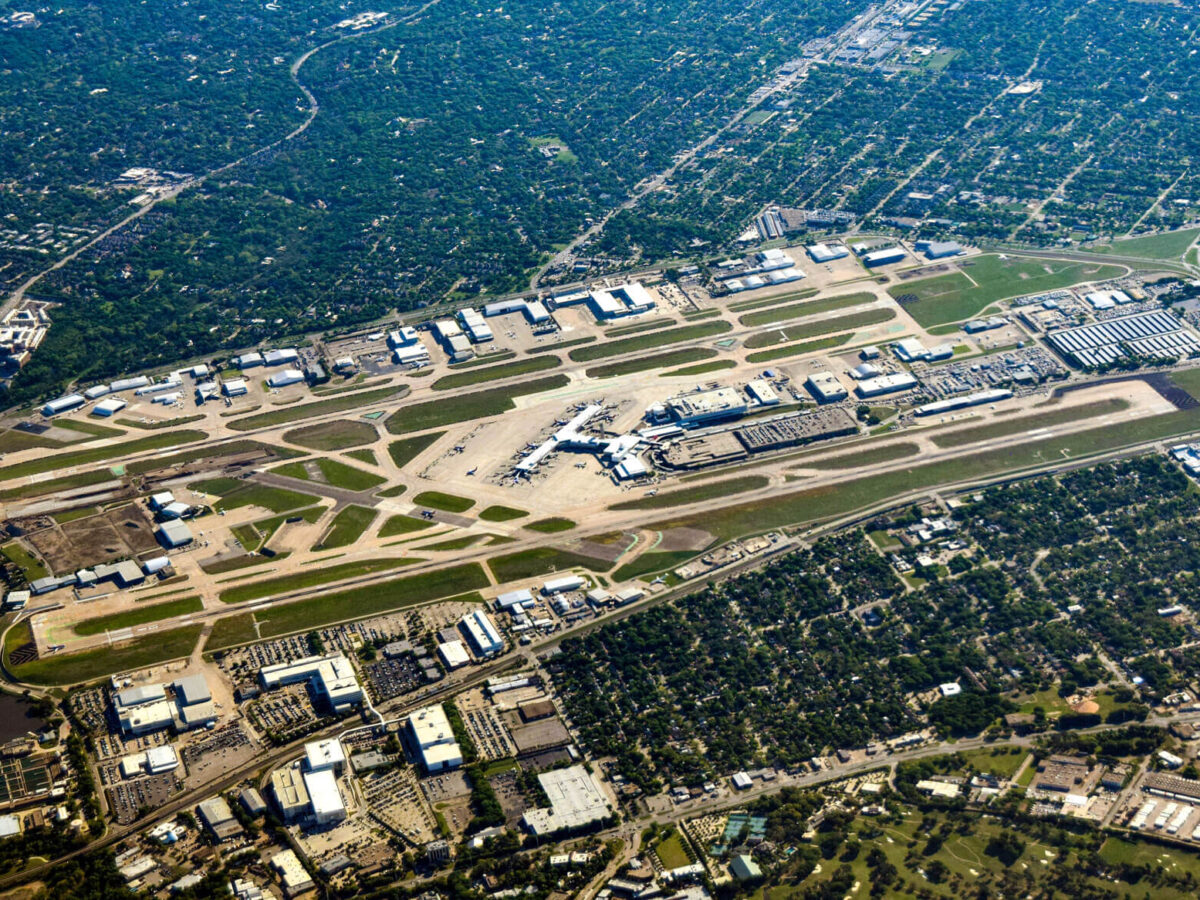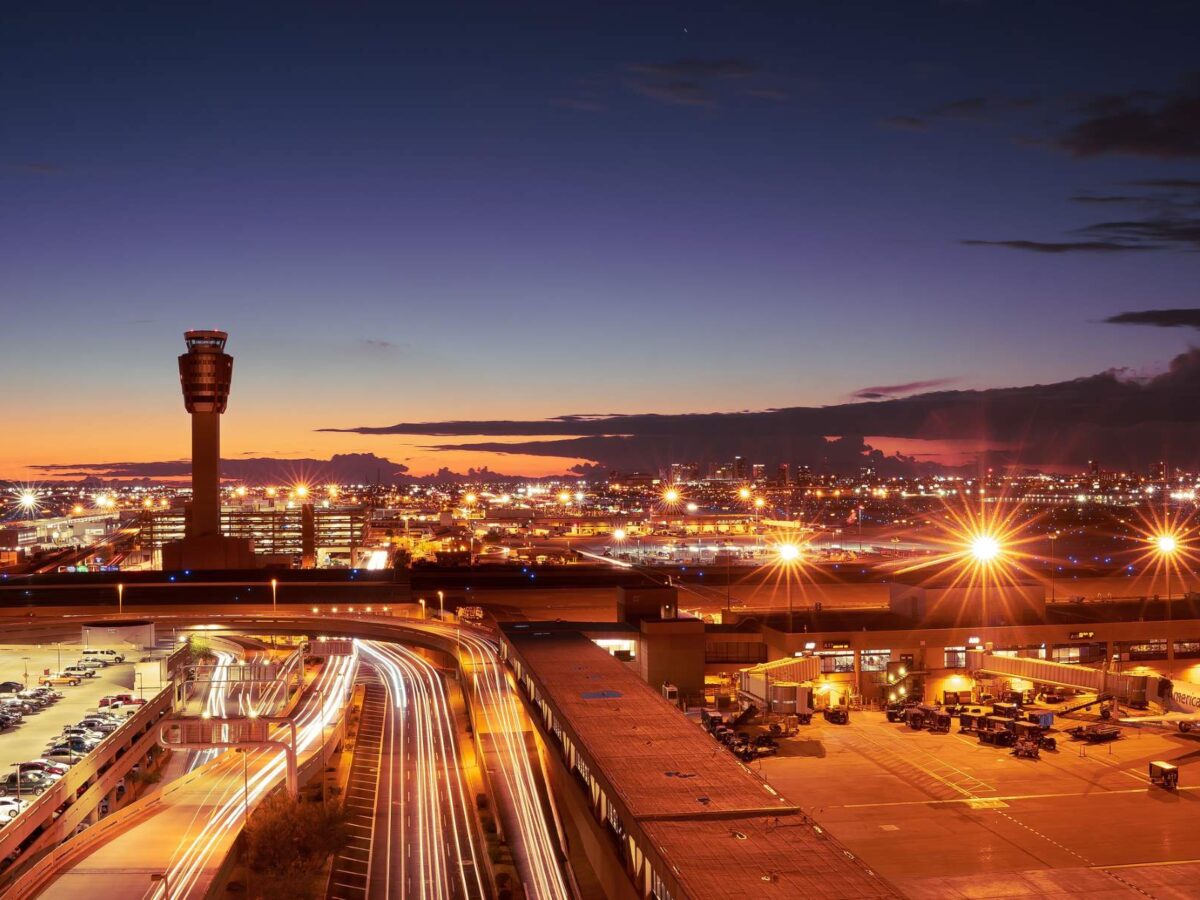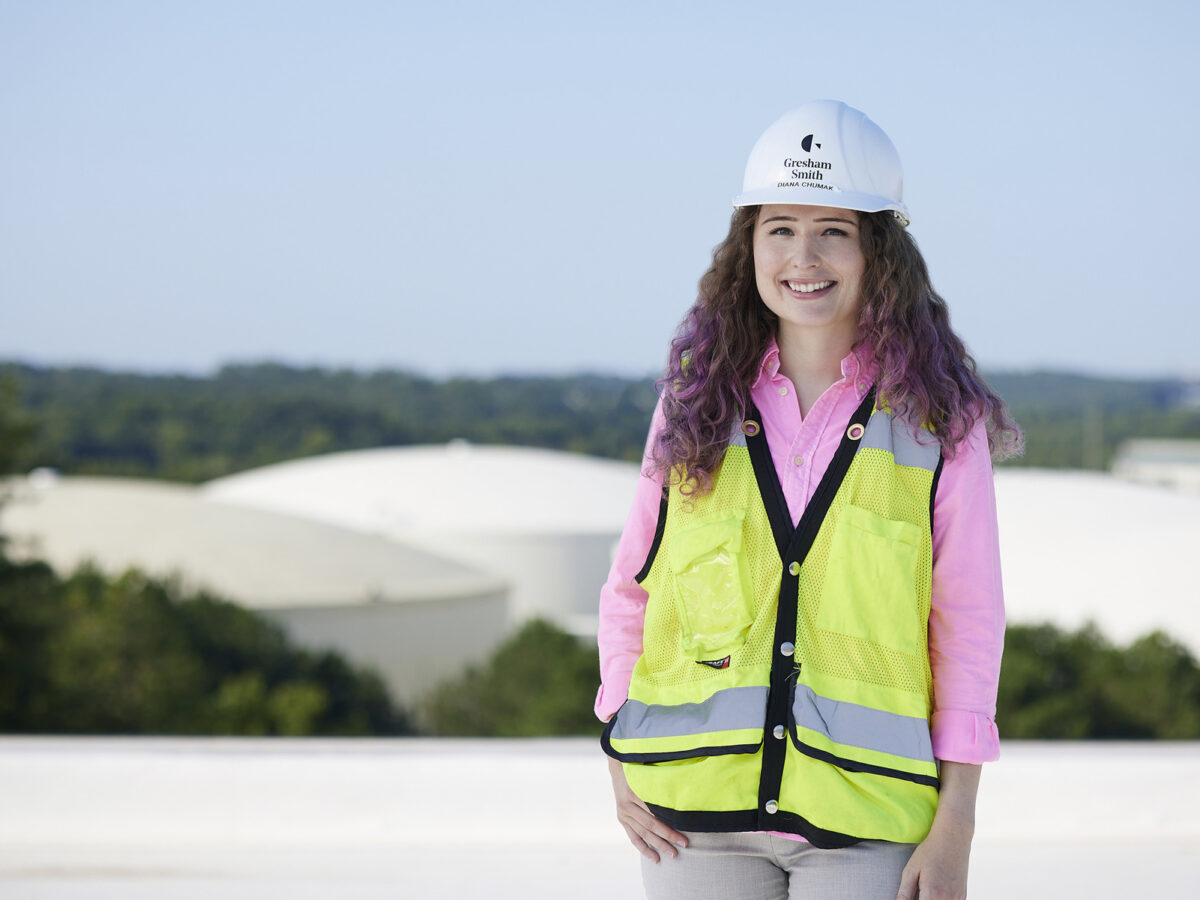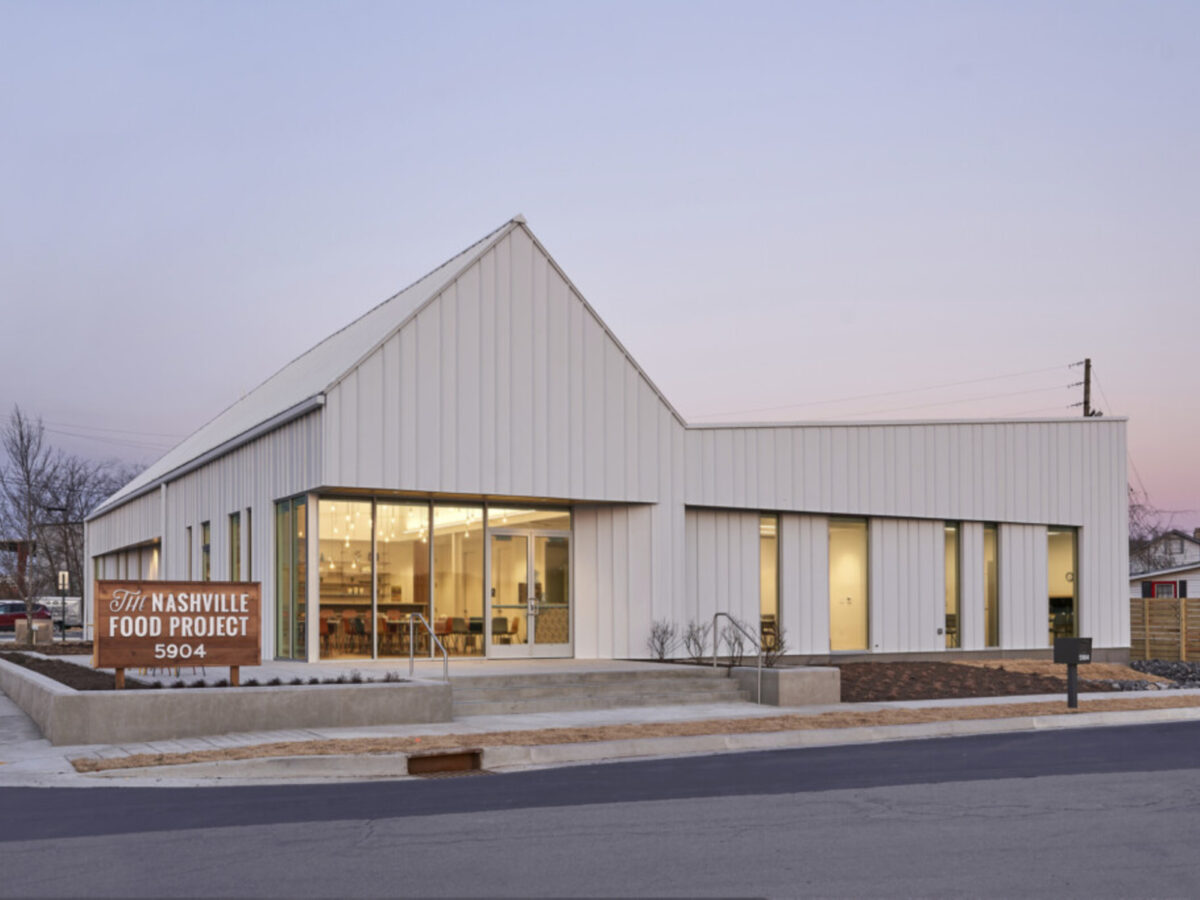Every year on April 22, Earth Day commemorates the anniversary of the birth of the modern environmental movement in 1970. Widely recognized as the largest secular observance in the world, Earth Day is marked by more than a billion people annually as a day of action to change human behavior and create global, national and local policy changes.
To celebrate Earth Day 2022, we sat down with Lauren Seydewitz, Gresham Smith’s Sustainability and Resiliency Program Manager of the firm’s new Sustainability and Resiliency Center, to discuss Earth Day’s significance to Gresham Smith and what it means to her personally.
Earth Day’s theme for 2022 is “Invest in our Planet.” What does that mean to Gresham Smith?
Lauren Seydewitz: Through our projects, we have a significant impact—millions of square feet of buildings, miles of roadways and underground piping, hundreds of acres of land and millions of people. It is our responsibility to guide clients to make decisions that are holistic. This means that the planning or design decisions that are made protect our clients’ investments and not only conserve but preserve resources so that we collectively have a softer footprint on the planet. Every day, Gresham Smith project team members are shaping our communities, and it’s the responsibility of each and every one of us to realize that we’re empowered to make a positive difference.
Why is it important to address sustainability and resiliency in our designs?
Lauren: Each planning, engineering and architectural project we contribute to makes assumptions about the future. Informed by past events, building codes set baseline requirements. However, scientists continue to publish evidence that the future is not going to reflect the experiences of the past from a weather perspective due to changing climate conditions. Global pandemics, civil unrest, supply chain uncertainty, growth—the list of disruptions is ever-present. And the consequences are costly, both emotionally and economically.
Preparing for an uncertain future—to the degree that we have the information and technical prowess to do so—is the reason Gresham Smith has formally created a dedicated Sustainability and Resiliency Center. This focus on the future, along with actions that we can and need to make as part of every project to mitigate disruptions and bring value to our clients and the communities we call home, is absolutely critical.
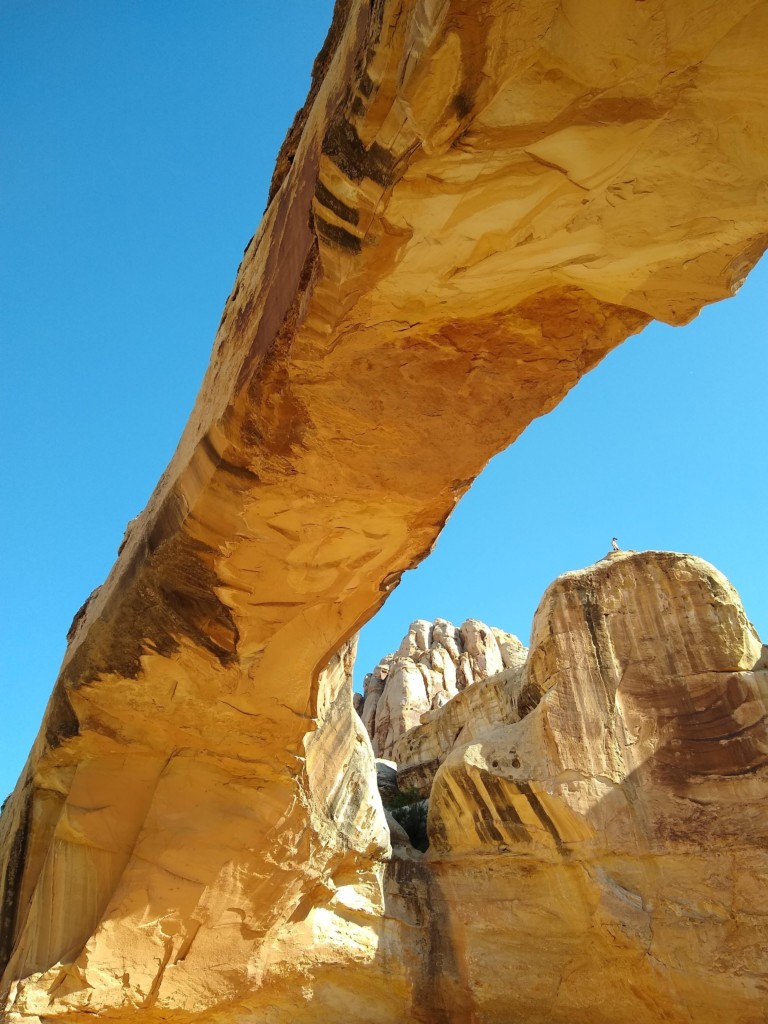
What motivated you to care about the environment?
Lauren: Sometimes you experience a moment of clarity that shapes the rest of your life. My passion to protect the environment was ignited when I was 16 during a family trip to Arches National Park in Utah, while on a hike led by an inspirational park ranger. Ranger Andy helped us to fall in love with the natural wonders of the park, and then shared the challenges associated with protecting national parks in their natural wilderness form for future generations as visitation numbers increase. Ranger Andy asked for help, and from that day forward I was inspired to figure out how.
Then, while in college, I became increasingly aware that corporations have a noteworthy influence in driving government policy, and in many ways, a much more significant reach to make progress quickly. I saw “business” as the real changemaker when it comes to the environment. Influencing corporations to care about the environment and all of the ways we impact it keeps me going.
“Every day, Gresham Smith project team members are shaping our communities, and it’s the responsibility of each and every one of us to realize that we’re empowered to make a positive difference.”
What major trends/emerging topics should we keep an eye on?
Lauren: Organizations are increasingly looking to define themselves in terms of Environmental, Social and Governance (ESG). In many ways, it is mainstream. The challenge now is achieving standardized accountability in each of these areas. Quantifying your environmental and social footprint is currently complex, especially when you consider diverse and global supply chains. Therefore, how do you measure the impact of an organization in these areas and then measure them against others to see which one is a better bet long term? Regulatory agencies such as the SEC are taking steps to standardize reporting requirements to achieve just that for investors.
We should also keep our eye on proactively planning and accounting for resilience in design—making it more of a built-in action item, rather than an “extra” or a “nice to have.” We are framing conversations with our clients in this space around risk and what they need their long-term operational status to be. For example, more clients are interested in clean energy microgrids on their site. They are concerned with the reliability of their utilities. However, it is situation-specific, and the best option requires looking holistically at the vulnerabilities and assessing the risks on a case-by-case basis.
“I firmly believe we can be the difference we want to make on this Earth Day and every day.”
Another emerging topic is equity in the application of climate change mitigation and adaptation and our role as designers in changing that. Termed “climate justice,” the United Nations observed that “socially and economically disadvantaged and marginalized people are disproportionately affected by climate change.” Our role in shaping the built environment must account for future climate conditions as we plan our communities and engineer solutions so that all are able to thrive.
Also, building rating systems are seeking an uptick. More organizations are interested in demonstrating their environmental and social stewardship, many driven by their corporate-level ESG commitments, and seeing that investing in a high-performing facility certified by a third-party, such as LEED, Green Globes and Fitwel, are a straightforward way to communicate these achievements. These building rating systems also set organizations up to track metrics and quantify long-term environmental impacts as well as data points of increasing interest.
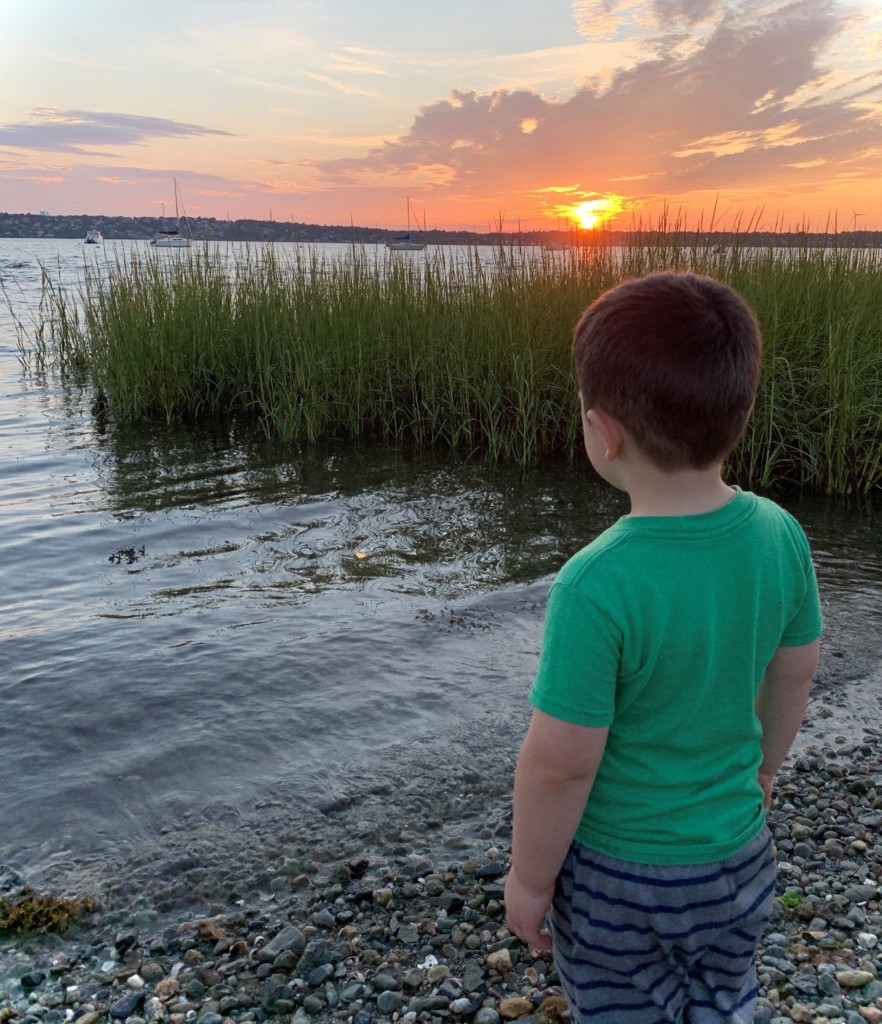
What are your favorite activities to celebrate on Earth Day?
Lauren: For me, it’s more about having an Earth Day consciousness every day. It’s helping my six-year-old son hurriedly “save the earthworms” after a rainstorm and safely relocate them from the driveway to the garden. It’s our weekly walk on the beach together, where we pick up trash so the birds and crabs don’t eat it. It’s hearing my son tell his friends not to litter (because he heard his mom say it). It’s walking through the booths at the EarthX Expo in Dallas, Texas, and being inspired by all of the creative solutions out there.
At work, it’s bearing witness to a budget-driven client when they realize that refining their design to use less resources with the initial intent to save money also is better for the environment, and then seeing how they start to open up about other sustainability-related options.
Ultimately, it’s the little actions that give me as much hope as some of the big actions. And although there is a lot to do, we have the means to do it. As British ethologist Jane Goodall once said: “What you do makes a difference, and you have to decide what kind of difference you want to make.” I firmly believe that we can be the difference we want to make on this Earth Day and every day.
